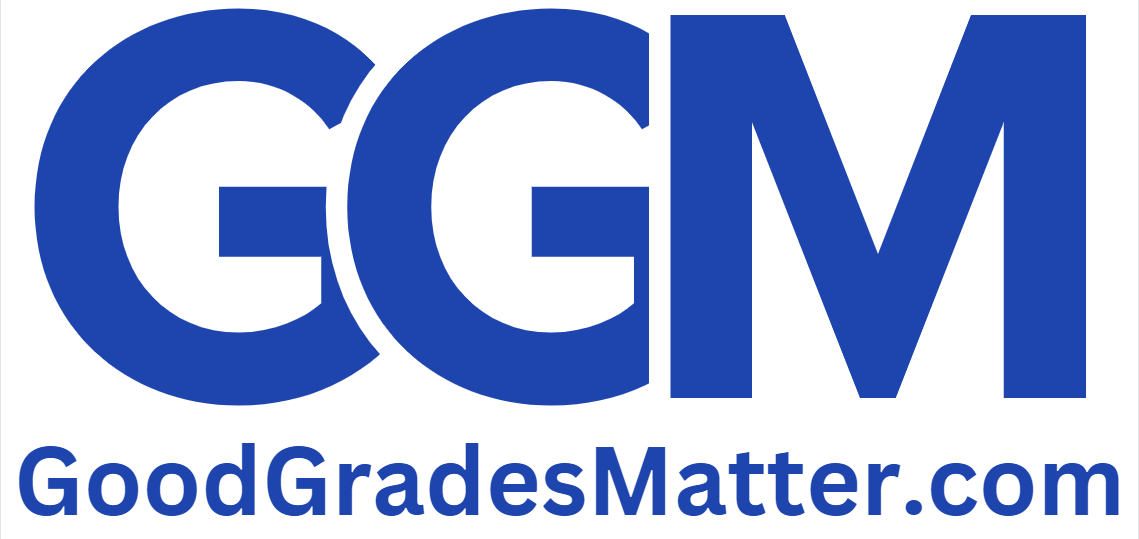Chapter 5 Practice Problems
10 out of/10 Total points awarded
“Don’t tell me we’ve lost another bid!” exclaimed Janice Hudson, president of Prime Products Inc. “I’m afraid so,” replied Doug Martin, the operations vice president. “One of our competitors underbid us by about $10,000 on the Hastings job.” “I just can’t figure it out,” said Hudson. “It seems we’re either too high to get the job or too low to make any money on half the jobs we bid. What’s happened?”
Prime Products manufactures specialized goods to customers’ specifications and operates a job-order costing system. Manufacturing overhead cost is applied to jobs on the basis of direct labour cost. The following estimates were made at the beginning of the year:
| Department | ||||||||||||
| Cutting | Machining | Assembly | Total Plant | |||||||||
| Direct labour | $ | 301,500 | $ | 201,000 | $ | 402,000 | $ | 904,500 | ||||
| Manufacturing overhead | $ | 542,700 | $ | 804,000 | $ | 100,500 | $ | 1,447,200 | ||||
Jobs require varying amounts of work in the three departments. The Hastings job, for example, would have required manufacturing costs in the three departments as follows:
| Department | ||||||||||||
| Cutting | Machining | Assembly | Total Plant | |||||||||
| Direct material | $ | 12,800 | $ | 1,000 | $ | 5,800 | $ | 19,600 | ||||
| Direct labour | $ | 7,000 | $ | 1,900 | $ | 13,600 | $ | 22,500 | ||||
| Manufacturing overhead | ? | ? | ? | ? | ||||||||
The company uses a plantwide overhead rate to apply manufacturing overhead cost to jobs.
Required:
1. Assuming the use of a plantwide overhead rate:
a. Compute the rate for the current year.
b. Determine the amount of manufacturing overhead cost that would have been applied to the Hastings job.
2. Suppose that instead of using a plantwide overhead rate, the company had used a separate predetermined overhead rate in each department. Under these conditions:
a. Compute the rate for each department for the current year.
b. Determine the amount of manufacturing overhead cost that would have been applied to the Hastings job.
3. This part of the question is not part of your Connect assignment.
4. Assume that it is customary in the industry to bid jobs at 150% of total manufacturing cost (direct materials, direct labour, and applied overhead).
a. What was the company’s bid price on the Hastings job?
b. What would the bid price have been if departmental overhead rates had been used to apply overhead cost?
5. At the end of the year, the company assembled the following actual cost data relating to all jobs worked on during the year:
| Department | ||||||||||||
| Cutting | Machining | Assembly | Total Plant | |||||||||
| Direct material | $ | 764,500 | $ | 90,500 | $ | 412,000 | $ | 1,267,000 | ||||
| Direct labour | $ | 322,000 | $ | 211,500 | $ | 341,600 | $ | 875,100 | ||||
| Manufacturing overhead | $ | 563,500 | $ | 835,900 | $ | 92,400 | $ | 1,491,800 | ||||
a. Compute the underapplied or overapplied overhead for the year, assuming that a plantwide overhead rate is used.
b. Compute the underapplied or overapplied overhead for the year, assuming that departmental overhead rates are used.
Related: (Solution) MOS3370 Chapter 4 Practice Problems
Solution with Explanation – Chapter 5 Practice Problems

1
a.
| Predetermined overhead rate | = | Estimated total manufacturing overhead cost | ||
| Estimated total amount of the allocation base | ||||
| = | $1,447,200 | = 160% Direct labour cost | ||
| $904,500 direct labour cost | ||||
b. $22,500 × 160% = $36,000
,,, Please click on the Icon below to purchase the full answer at only $5




